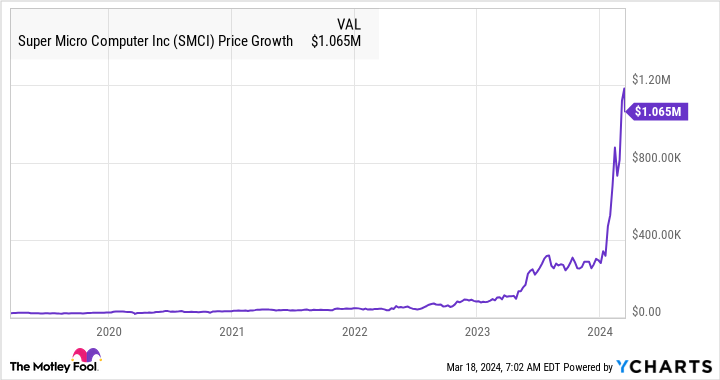
Artificial intelligence (AI) seems dangerous just because of its name. If it’s real, then it’s not artificial. Dictionary.com defines AI as: “the capacity of a computer, robot, or other programmed mechanical device to perform operations and tasks analogous to learning and decision-making in humans, as speech recognition or question answering.”
AI is a full-blown area of science that is rapidly making its way into nearly every aspect of our lives, including medicine.
History: AI in Medicine
In 1959, a physician predicted that “the making of correct diagnostic interpretations of symptoms can be … carried out by a machine.”
That was long ago when computers were big enough to take up an entire room. Fast forward to 1969, when I did my anesthesia training at the University of Alabama in Birmingham.
People are also reading…
The renowned cardiac surgeon, Dr. John Kirklin, believed in computers. He had come from Rochester, N.Y., where IBM had a major research facility. He had IBM engineers use the logical rules he had developed from years of clinical practice to program an IBM computer for the intensive care unit.
That computer was connected to “programmable” infusion pumps, which monitored and controlled post-operative heart patients’ blood pressure and fluid infusions.
The doctors at the bedside keyed in blood pressure “limits.” The computer then kept the blood pressure within the limits and the “filling pressure” within normal. As a result, nurses and doctors were free to care for the patient rather than manipulating infusions.
AI in Medicine Today
The modern computer is small and has enormous storage capacity. It can store and acquire all kinds of data and, because of “connectivity,” can access information from sources that are unimaginable and often unknown to us.
For example, most of us have checked out something to buy on the internet and then been bombarded with opportunities to buy that item.
In medicine today, computers are using AI to analyze imaging, interpret skin lesions, diagnose eye pathology, warn of drug interactions, identify patients at high risk for complications, and perform medical coding for billing to name just a few of the tasks. Worldwide medical information is as close to a doctor as her/his phone.
Patients have also learned to use their electronic devices to scour various medical websites sites for information about illnesses, diseases, and diagnoses. They’re even using apps on their phones.
The general consensus is that the technology has helped physicians and patients. This is why technology is so widely used and why the future is so exciting.
AI in the Future of Medicine
The challenge, or opportunity, is to build machines that are as good as or better than your doctor at interviewing you, analyzing your data, diagnosis, or illness, and, finally, developing an infallible treatment plan.
When or if we get to that point can’t be predicted, but some things are certain: These machines are already being developed. Soon your doctor will take a history and physical exam, and all that information will be collected by an electronic physician assistant, probably built into the medical record already in use.
Instead of the physician, the “assistant” will listen to the conversation and store the pertinent physical findings. Before proceeding to a diagnosis, the assistant will prompt further questions and possibly other tests that the physician may not have asked or ordered. Then a diagnosis will be discussed among you (the patient), the physician, and the “assistant.” A final decision will be explained to you, and if anything is omitted, the assistant will add it, including any directions or prescriptions.
The type of device that will do this is a “chatbot.” You are already familiar with chatbots. Amazon’s Alexa is an example of this technology. With a prompt, Alexa can give you information or perform tasks for you that require “intelligence.”
Imagine a physician’s chatbot that not only knows the world’s literature on every disease and the best treatments for a particular ailment but also can diagnose an X-ray reliably any time and any place it is taken.
These devices have taken medical license exams and consistently scored 90% correct answers. They could be licensed to practice if they were people!
These experimental devices are good but not infallible. They experience what is called “hallucinations.” Simply put, they either make things up or make incorrect judgments. Obviously, if these hallucinations are not caught by the doctor or someone else, they could cause harm. Interestingly, the devices can catch their errors if programmed to review everything they have seen and reported.
But they still can make mistakes – just like us.
Before these machines are ever available for clinical use, they will have to be proven effective. How this will be done has yet to be determined. This is a whole new world that must be conquered.
Some, if not many, physicians may be reluctant to accept the technology, as happens with anything new. Doctors and patients might find, however, that doctors who use these assistants can focus on interacting with the patient instead of entering information into a computer because the assistant will gather all the information.
The Bottom Line
Artificial intelligence is everywhere in our lives, including medicine. It is already commonplace in most hospitals, imaging centers, and offices. The great hope is that, as Dr. Francis Peabody wrote in 1927, and is oft-quoted: “The secret of the care of the patient is in caring for the patient.”
Perhaps, instead of paying so much information to enter information into a computer, your doctor will be able to concentrate on you. The invisible “assistant” will be the scribe and consultant to you both!
Dr. Jerry Reves’ Healthy Aging column is designed to address matters of greatest concern to those over the age of 50. You can read past entries here.
1. Brodman, K., et al., Interpretation of symptoms with a data-processing machine. AMA Arch Intern Med, 1959. 103(5): p. 776-82.




